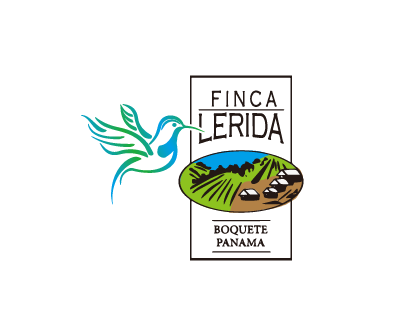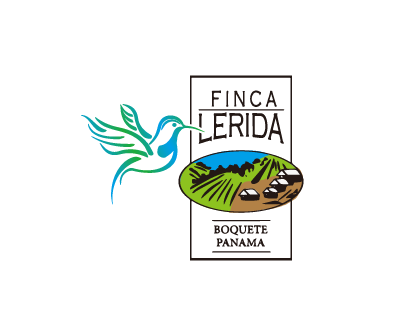
PANAMA Finca Lerida Geisha Washed Reserve Collection
The only estate in panama which's for imperial use in both England and Japan!
- 濾泡式掛耳
(10g)100 - Half Pounds
(hLB.)1900
- Since:1922
- Planting area:25HA
- Farm size:70HA
- Growing Region:Alto Quiel, Boquete
- Altitude:1,600-1,835M
- Variety: Geisha
- Soil Type:vocano soil
- Grade:SHB
- Process:Washed Process
- Harvest:man-made gather
ROSE、DARK CHOCOLATE、COFFEE BLOSSOM、LEMON CITRUS、MAPLE SYRUP、APPLE、POTATO
Lerida Coffee Estate:
Lerida is not only a world renowned specialty coffee estate, it is also a famous eco-tourism resort. Its owner, Sonia Amoruso, combined the concept of a farm and a resort to make the estate more versatile and to actively protect the surrounding primeval tropical forests that are rich in biodiversity. There are more than 500 different species of birds in the forests, thus bird-watching also became a popular activity in the area. The coffee estate is frequented by internationally renowned biologists and ornithologists who would stay in the resort while carrying out their research.
History of the Estate:
Panama Lerida Estate was founded in 1932 by Norwegian Toller B. Monniche who was a canal engineer in Panama. Leveraging on his speciality, he invented a dry and wet processing facility that was unprecedented at that time. At the same time, he invented the processing technology for coffee cherries that are used to make "Siphon coffee" (it separates beans that are not dense enough and thus float during wet-processing, and now is widely used in the different coffee production regions in the world) and received a patent for it. The estate has a rich tradition in producing specialty coffee which can be traced back to the year 1929. In that year, Lerida exported its first batch of coffee beans to Germany, which received high praise.
Ecology in the Estate:
The estate is located in the area of Baru Volcano in Boquete, at an altitude that is as high as 1600 metres and above. Due to the unique microclimates, abundant rainfall of up to 2000mm, large difference in daytime and nighttime temperatures, nutrient-rich volcanic soil, meticulous harvesting planning, and rigorous monitoring of both wet-processing and sun-drying stages, the coffee produced here is exemplary in its richness and acidity.

